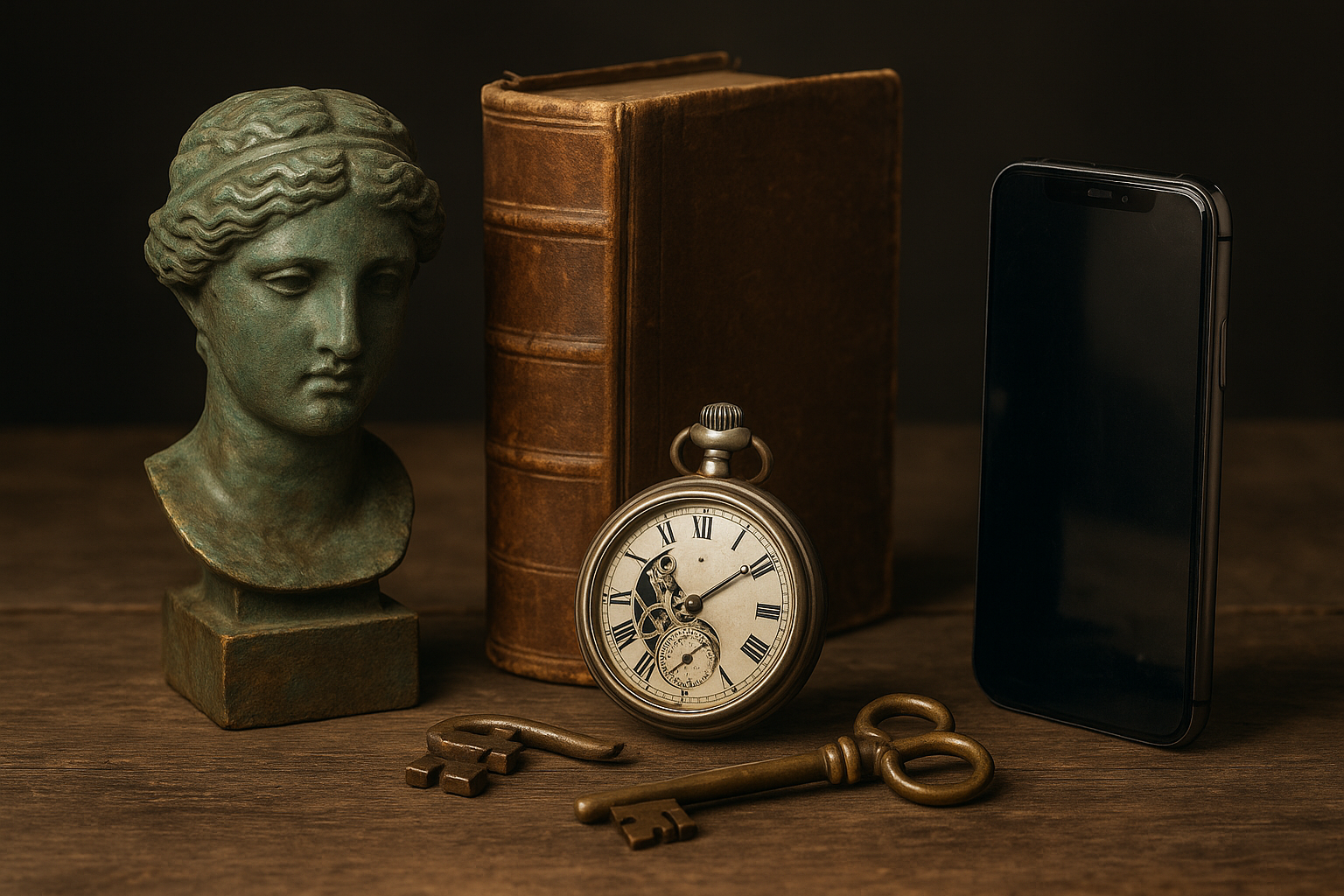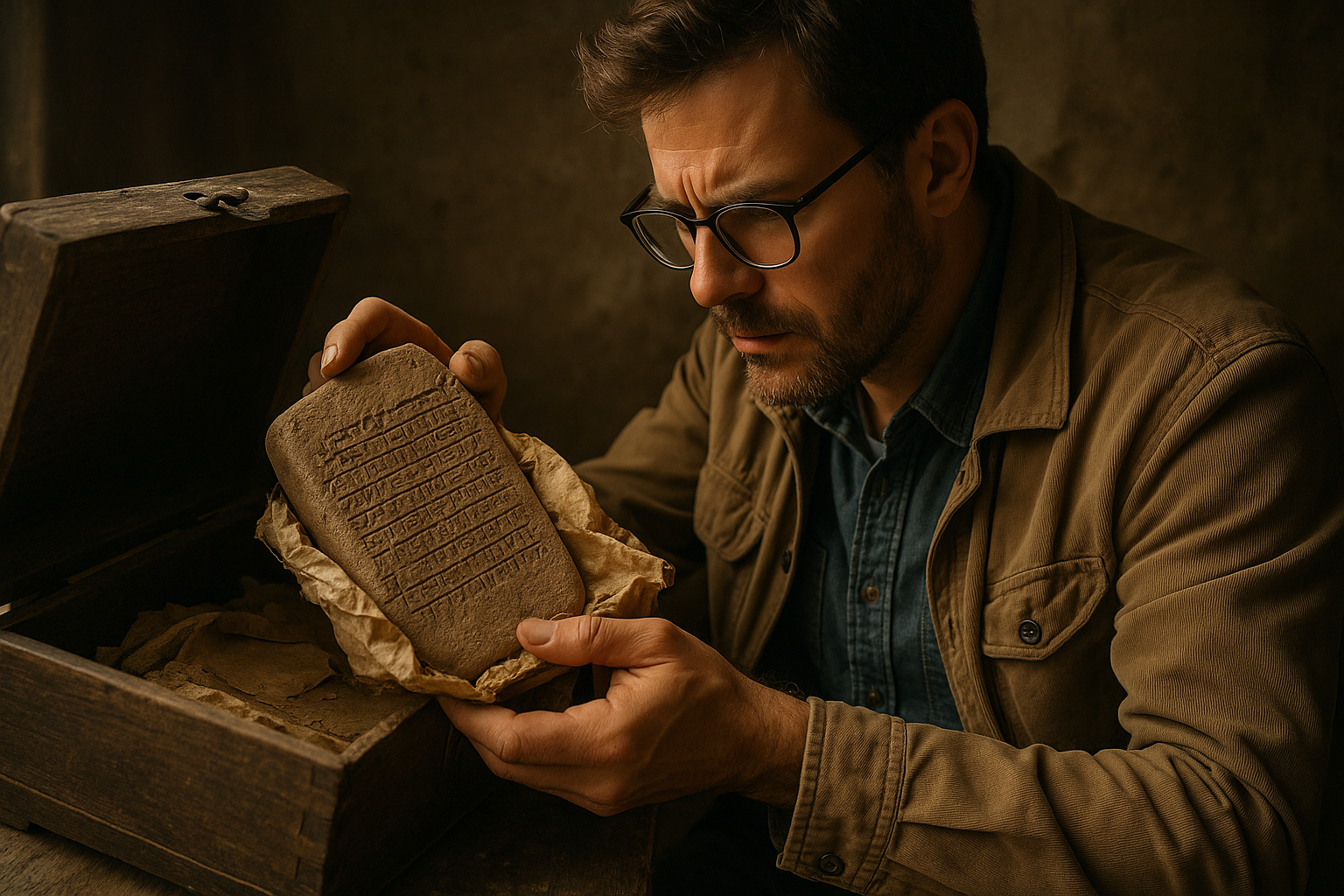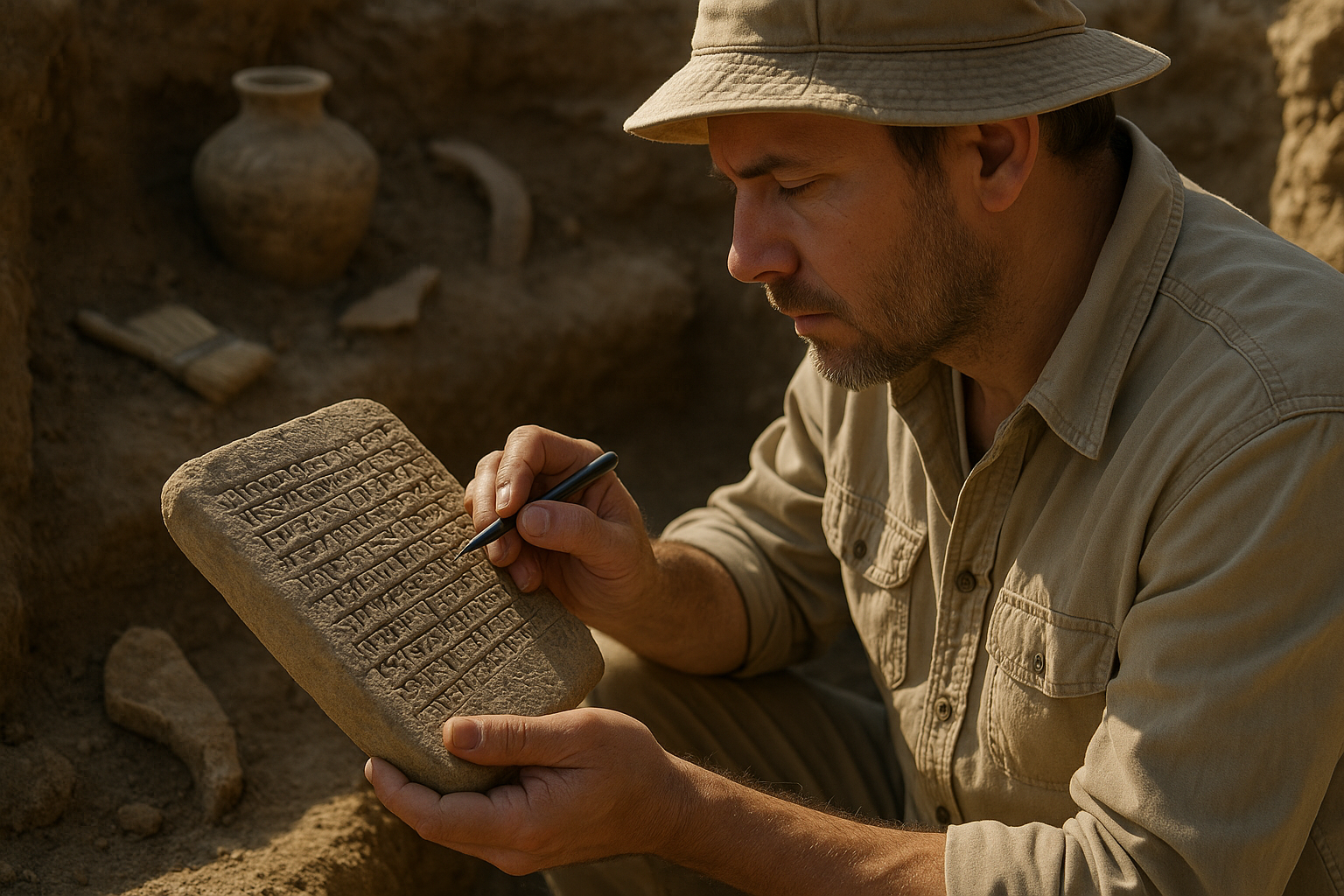Throughout human history, ceremonial symbols have served as powerful bridges connecting generations, marking significant transitions, and preserving cultural identity across time and space.
🎭 The Timeless Language of Ceremonial Traditions
Ceremonial symbols represent far more than decorative elements or ritualistic props. They embody the accumulated wisdom of ancestors, the values of communities, and the aspirations societies hold for future generations. These tangible and intangible markers of passage communicate messages that transcend verbal language, creating shared understanding across cultural boundaries while simultaneously preserving unique heritage.
From the moment we enter this world until our final passage, human existence is punctuated by ceremonies that acknowledge transformation. Birth celebrations, coming-of-age rituals, marriage ceremonies, and memorial services all incorporate symbols that resonate with deeper meaning. These symbols serve multiple functions: they legitimize social transitions, strengthen community bonds, and provide individuals with a sense of belonging to something greater than themselves.
The power of ceremonial symbols lies in their ability to make abstract concepts tangible. Honor, courage, wisdom, love, sacrifice—these intangible values find expression through objects, gestures, and practices that can be seen, touched, and experienced. A military medal, a graduation cap, a wedding ring, or a ceremonial key all carry significance that extends far beyond their material composition.
⚔️ Symbols of Honor and Military Legacy
Military traditions offer perhaps the most structured and formalized system of ceremonial symbols. The presentation of flags, medals, and insignia follows protocols refined over centuries, each element carefully designed to convey specific meanings about rank, achievement, sacrifice, and national identity.
The folding of a flag during military funerals represents one of the most poignant ceremonial acts. The thirteen folds, each carrying symbolic meaning, transform a rectangular banner into a triangular package that honors fallen service members. The precision of this ceremony reflects the discipline of military life while providing grieving families with a tangible connection to their loved one’s service.
Challenge coins have evolved from simple tokens of unit membership into highly valued symbols of recognition and camaraderie. Originally used to prove membership and build morale, these coins now commemorate specific missions, achievements, and bonds formed through shared experience. The tradition of “coin checks” and the protocol surrounding their exchange reinforces group identity and mutual respect among service members.
The Evolution of Military Ceremonial Practice
Modern military ceremonies blend ancient warrior traditions with contemporary values. The changing of the guard at various national monuments worldwide demonstrates how ceremonial precision can honor both the past and present. These carefully choreographed rituals attract millions of visitors annually, serving as living museums of military heritage while actively maintaining disciplinary standards.
Promotion ceremonies mark significant career transitions, incorporating symbols that acknowledge increased responsibility. The addition of stripes, bars, or stars to uniforms serves as visible recognition of achievement while signaling changed status within the organizational hierarchy. These ceremonies reinforce institutional values while celebrating individual accomplishment.
🎓 Academic Traditions and Symbols of Achievement
Educational institutions maintain ceremonial traditions that date back centuries, with symbols that connect modern graduates to scholars from medieval universities. The academic regalia worn during graduation ceremonies—caps, gowns, and hoods—originated in European monasteries and universities where clergy and scholars wore robes for warmth in unheated buildings.
Today, the colors of academic hoods indicate specific fields of study, while the style and trim denote degree level and institutional affiliation. This symbolic language allows observers to “read” a graduate’s academic journey through visual cues. The mortarboard cap, with its distinctive square board and tassel, has become universally recognized as a symbol of educational achievement.
The turning of the tassel from right to left marks the precise moment when students transition from candidates to graduates. This simple gesture, performed collectively by hundreds or thousands of students simultaneously, creates a powerful shared experience that marks their passage from one life stage to another.
Honor Societies and Academic Recognition
Academic honor societies employ ceremonial symbols to recognize scholarly excellence and character. Induction ceremonies often incorporate candles representing enlightenment, keys symbolizing access to knowledge, and specific colors associated with particular organizations. These symbols create continuity with past members while welcoming new initiates into communities of achievement.
The academic mace, carried at formal university ceremonies, originates from medieval weapons but now symbolizes institutional authority and the university’s commitment to protecting academic freedom. Its presence at convocations and commencements links contemporary scholarship to centuries of intellectual tradition.
💍 Matrimonial Symbols Across Cultures
Marriage ceremonies showcase the rich diversity of ceremonial symbols across world cultures, yet common themes emerge. The exchange of rings represents perhaps the most universal matrimonial symbol, though its meaning and placement vary. The circular shape symbolizes eternity and unbroken commitment, while the precious materials reflect the value placed on the relationship.
Traditional Western ceremonies incorporate symbols like white dresses representing purity, veils suggesting modesty and transition, and the threshold-crossing ritual where grooms carry brides into their new homes. Each element communicates cultural values while marking the couple’s passage into married life.
Eastern wedding traditions employ equally powerful symbols with different meanings. Chinese double happiness characters, Indian mehendi designs, and Japanese san-san-kudo sake-sharing ceremonies all serve to bind couples together while invoking blessings from family and community.
Unity Ceremonies and Modern Adaptations
Contemporary couples increasingly create personalized ceremonial symbols that reflect their unique relationships while honoring cultural heritage. Unity candles, sand-blending ceremonies, and tree-planting rituals provide visual representations of two lives joining together. These innovations demonstrate how ceremonial traditions evolve while maintaining their fundamental purpose of marking significant life transitions.
The breaking of glass in Jewish weddings, the handfasting cord in Celtic ceremonies, and the lasso ceremony in Hispanic traditions all employ physical objects to symbolize spiritual and emotional bonds. These tangible elements make abstract commitments concrete and memorable.
🌟 Coming-of-Age Rituals Around the World
Societies universally recognize the transition from childhood to adulthood through ceremonial rituals, though the specific symbols and timing vary dramatically. These rites of passage serve multiple functions: they mark physical maturity, test readiness for adult responsibilities, and formally welcome young people into full community participation.
The Jewish bar and bat mitzvah ceremonies celebrate religious maturity at age thirteen, incorporating symbols like the tallit (prayer shawl) and Torah reading to signify increased religious responsibility. Latin American quinceañera celebrations mark fifteen-year-old girls’ transition to womanhood through elaborate ceremonies featuring symbolic elements like the changing of shoes from flats to heels.
Indigenous Australian walkabout traditions, Japanese seijin-shiki ceremonies, and Native American vision quests all employ ceremonial symbols specific to their cultures while serving the universal function of acknowledging maturation. These rituals often test physical, mental, or spiritual capabilities, with successful completion marked by new privileges and responsibilities.
Modern Coming-of-Age Recognition
Contemporary societies continue creating new ceremonial markers for adolescent transitions. Confirmation ceremonies in various Christian denominations, sweet sixteen celebrations, graduation from driver’s education, and even first job experiences serve as informal rites of passage in cultures lacking formalized traditions.
The symbols associated with these modern transitions—driver’s licenses, first paychecks, caps and gowns—may seem mundane compared to elaborate traditional ceremonies, yet they fulfill similar psychological and social functions by marking progress toward adult independence.
🏺 Cultural Heritage and Legacy Preservation
Ceremonial symbols serve as vessels for cultural transmission, carrying values and stories from one generation to the next. Traditional crafts associated with ceremonial objects—weaving, metalworking, carving—preserve technical knowledge while maintaining cultural continuity.
Indigenous peoples worldwide face challenges preserving ceremonial traditions in rapidly changing societies. The reclamation and revitalization of traditional ceremonies represents crucial work in maintaining cultural identity. When elders teach young people traditional songs, dances, and symbolic meanings, they transfer irreplaceable knowledge while strengthening community bonds.
Museums and cultural institutions increasingly recognize their role in preserving ceremonial objects not merely as artifacts but as living traditions requiring appropriate stewardship. Consultation with source communities, repatriation of sacred objects, and support for ceremonial practitioners all contribute to heritage preservation.
Digital Age and Traditional Symbols
Technology creates both challenges and opportunities for ceremonial tradition preservation. While globalization may homogenize some practices, digital platforms enable communities to document, share, and teach ceremonial knowledge across distances. Video recordings of ceremonies, online databases of symbolic meanings, and virtual gathering spaces help maintain traditions among dispersed populations.
Social media allows families and communities separated by geography to participate virtually in ceremonies, extending the circle of witnesses and supporters. Live-streaming of weddings, graduations, and other milestone events makes ceremonial participation more accessible while documenting these important passages for future generations.
🕊️ Memorial Traditions and Symbols of Remembrance
Funeral and memorial ceremonies employ powerful symbols to honor the deceased, comfort the bereaved, and affirm continuing bonds between living and dead. Flowers, candles, eternal flames, and memorial stones serve as focal points for grief while creating lasting markers of lives lived.
Different cultures approach death with varying ceremonial practices, yet all use symbols to navigate loss and maintain connection. The Irish wake, the New Orleans jazz funeral, the Tibetan sky burial, and the traditional Western funeral all incorporate specific objects, actions, and spaces that facilitate mourning while celebrating life.
Military honors—including gun salutes, flag presentations, and the playing of taps—provide structured ceremonial frameworks that acknowledge sacrifice while offering comfort to grieving families. The precision and formality of these ceremonies convey the nation’s gratitude and respect for service members.
Contemporary Memorial Innovations
Modern memorial practices blend traditional symbols with new forms of remembrance. Memorial websites, digital legacy planning, and celebration-of-life ceremonies reflect changing attitudes toward death while maintaining the human need for ritual marking of passage. Tree planting, scholarship funds, and charitable donations in the deceased’s name create living legacies that extend ceremonial remembrance beyond traditional timeframes.
The spontaneous memorial tradition—creating temporary shrines at accident sites or after tragedies—demonstrates humanity’s enduring need for ceremonial spaces to process grief and mark significance. Flowers, candles, photographs, and personal messages transform ordinary locations into sacred spaces of remembrance.
🌍 Globalization and the Future of Ceremonial Symbols
As cultures interact increasingly through migration, intermarriage, and digital connection, ceremonial traditions evolve through blending and adaptation. Multicultural weddings combine symbols from different heritages, while international adoptions may incorporate rituals honoring birth cultures alongside celebrations in adoptive families.
This cultural exchange enriches ceremonial life when approached respectfully, though concerns about appropriation and commodification require thoughtful navigation. Understanding the deeper meanings behind ceremonial symbols helps distinguish between genuine cultural appreciation and superficial borrowing.
The challenge facing contemporary societies involves maintaining meaningful traditions while remaining open to evolution. Ceremonial symbols retain power when communities actively engage with their meanings, adapting them to changing circumstances while preserving core values and purposes.

✨ The Enduring Power of Symbolic Passage
In an increasingly secular and individualistic world, ceremonial symbols continue providing what they have always offered: structure for life transitions, connection to heritage, and shared meaning within communities. The human need for ritual acknowledgment of significant passages appears universal and enduring across cultures and eras.
Whether participating in ancient traditions unchanged for millennia or creating new ceremonial forms for contemporary circumstances, people worldwide recognize that life’s important moments deserve marking through symbol and ceremony. These practices honor the past while creating bridges to the future, acknowledging individual achievement while reinforcing social bonds.
The ceremonial symbols we embrace—whether military medals, academic regalia, wedding rings, or memorial stones—carry forward legacies of those who came before while creating meaning for present moments and future generations. By understanding, preserving, and thoughtfully adapting these traditions, we maintain vital connections to heritage while ensuring ceremonial practices remain relevant and meaningful.
As we navigate modern life’s complexities, returning to these time-honored symbols and ceremonies provides grounding, continuity, and perspective. They remind us that despite technological advancement and social change, fundamental human experiences of transition, achievement, love, and loss remain constant, deserving of recognition through the timeless language of ceremonial tradition.
Toni Santos is a temporal researcher and symbolic archaeologist specializing in the study of forgotten burial systems, sacred archival practices, and the visual languages embedded in ancient temporal lore. Through an interdisciplinary and artifact-focused lens, Toni investigates how humanity has encoded knowledge, memory, and mystery into the temporal world — across cultures, rituals, and vanished civilizations. His work is grounded in a fascination with time capsules not only as vessels, but as carriers of hidden meaning. From extinct burial ritual practices to mythical codices and secret temporal seals, Toni uncovers the visual and symbolic tools through which cultures preserved their relationship with the temporal unknown. With a background in design semiotics and temporal artifact history, Toni blends visual analysis with archival research to reveal how time capsules were used to shape identity, transmit memory, and encode sacred knowledge. As the creative mind behind eltonxy, Toni curates illustrated chronologies, speculative temporal studies, and symbolic interpretations that revive the deep cultural ties between artifacts, ritual markings, and forgotten messages. His work is a tribute to: The lost temporal wisdom of Forgotten Time Capsule Burial Rituals The guarded archives of Sacred Codices and Forgotten Temporal Archives The mythopoetic presence of Temporal Symbols and Ritual Markings The layered visual language of Vanished Artifacts and Temporal Messages Whether you're a temporal historian, symbolic researcher, or curious gatherer of forgotten chronological wisdom, Toni invites you to explore the hidden roots of time capsule knowledge — one seal, one glyph, one message at a time.




